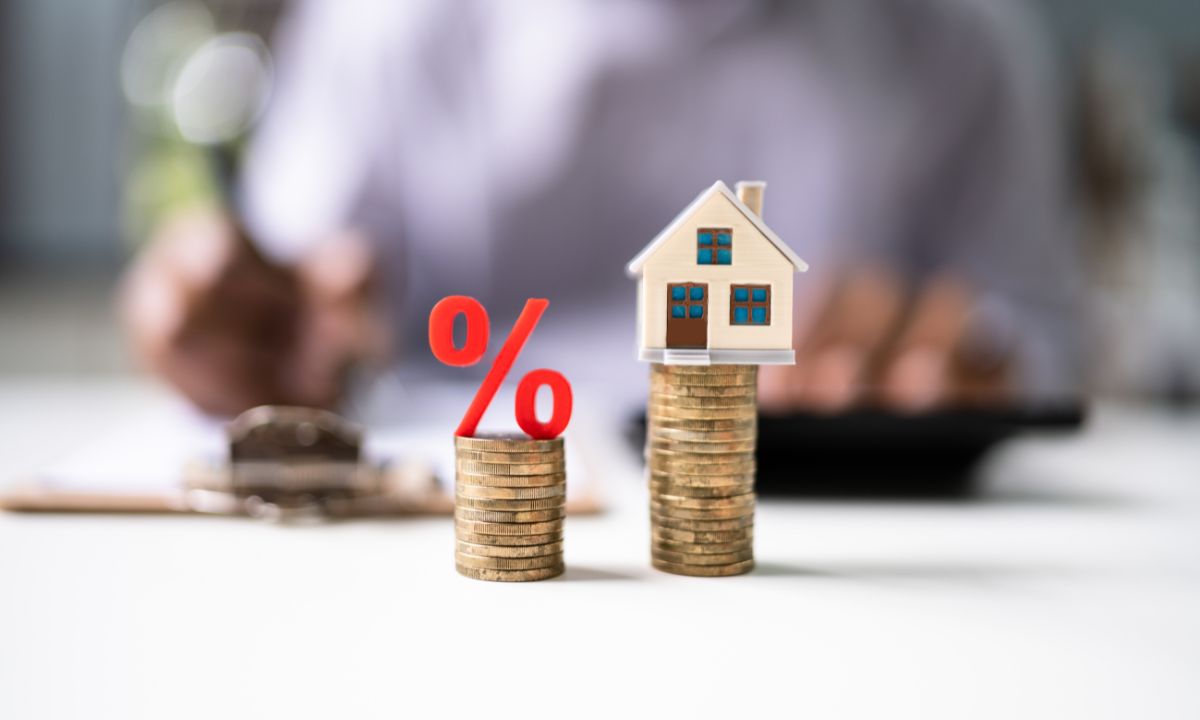Mortgage Types: Understanding Your Options
 For many, purchasing a home represents a significant milestone, a symbol of stability, and a tangible investment in the future. However, stepping into homeownership often entails struggling with complex financial decisions, with one of the most pivotal being the suitable mortgage type. In this guide, we’ll explore various mortgage options, from fixed-rate to adjustable-rate and interest-only mortgages, shedding light on their characteristics and helping you make informed decisions.
For many, purchasing a home represents a significant milestone, a symbol of stability, and a tangible investment in the future. However, stepping into homeownership often entails struggling with complex financial decisions, with one of the most pivotal being the suitable mortgage type. In this guide, we’ll explore various mortgage options, from fixed-rate to adjustable-rate and interest-only mortgages, shedding light on their characteristics and helping you make informed decisions.
Fixed-Rate Mortgages: Stability in Payments
Fixed-rate mortgages are the bedrock of the mortgage industry, offering predictability and stability in payments over the loan term. With a fixed-rate mortgage, your interest rate remains constant throughout the life of the loan, shielding you from fluctuations in the market. This consistency simplifies budgeting and allows homeowners to plan for the long term without worrying about sudden spikes in monthly payments.
Adjustable-Rate Mortgages (ARMs): Flexibility and Risk
Unlike fixed-rate mortgages, adjustable-rate mortgages (ARMs) feature interest rates that fluctuate periodically based on market conditions. Typically, ARMs start with an introductory period where the interest rate remains fixed, followed by adjustment intervals where rates may change. While ARMs often offer lower initial interest rates compared to fixed-rate mortgages, borrowers must be prepared for potential rate hikes in the future, which can significantly impact monthly payments.
Interest-Only Mortgages: Temporarily Lower Payments
Interest-only mortgages allow borrowers to pay only the interest on the loan for a certain period, typically five to ten years. During this initial phase, monthly payments are considerably lower than traditional mortgages since they exclude principal repayment. However, once the interest-only period expires, borrowers must begin paying both principal and interest, which can lead to higher monthly payments and potential financial strain.
FHA and VA Loans: Government-Backed Assistance
FHA (Federal Housing Administration) loans and VA (Veterans Affairs) loans are government-backed mortgage options designed to facilitate homeownership for individuals who may not qualify for conventional loans. FHA loans feature low down payments and more lenient credit requirements, making them accessible to first-time homebuyers and those with limited financial resources. VA loans, on the other hand, are exclusively available to eligible veterans, active-duty service members, and surviving spouses, offering competitive interest rates and flexible terms.
Jumbo Mortgages: Financing High-Value Properties
Jumbo mortgages cater to homebuyers looking to finance properties that exceed the conforming loan limits set by government-sponsored enterprises like Fannie Mae and Freddie Mac. Given their larger loan amounts, jumbo mortgages often entail stricter eligibility criteria and higher interest rates compared to conventional loans. Borrowers considering jumbo mortgages should be prepared to provide substantial down payments and demonstrate strong creditworthiness.
Selecting the right mortgage type is a crucial step in the homebuying journey, influencing your financial well-being and homeownership experience for years. Before committing to a mortgage, take the time to assess your needs, explore available options, and consult with mortgage professionals to ensure a smooth and successful homeownership journey.

 Environmental consciousness is increasingly becoming a priority, and the construction industry stands at the forefront of sustainable innovation. One avenue gaining traction is the use of construction loans to incorporate green building practices, particularly in the construction of sustainable homes. These loans offer an opportunity not only to build structurally sound residences but also to minimize environmental impact and promote long-term sustainability.
Environmental consciousness is increasingly becoming a priority, and the construction industry stands at the forefront of sustainable innovation. One avenue gaining traction is the use of construction loans to incorporate green building practices, particularly in the construction of sustainable homes. These loans offer an opportunity not only to build structurally sound residences but also to minimize environmental impact and promote long-term sustainability. Owning a home is a significant milestone, but the burden of a mortgage can loom large. Fortunately, there are various strategies to expedite your journey to mortgage-free living, ultimately saving you money on interest payments. We will discuss mortgage payment strategies, such as bi-weekly payments, extra payments, and more, to empower homeowners in their quest for financial freedom.
Owning a home is a significant milestone, but the burden of a mortgage can loom large. Fortunately, there are various strategies to expedite your journey to mortgage-free living, ultimately saving you money on interest payments. We will discuss mortgage payment strategies, such as bi-weekly payments, extra payments, and more, to empower homeowners in their quest for financial freedom.